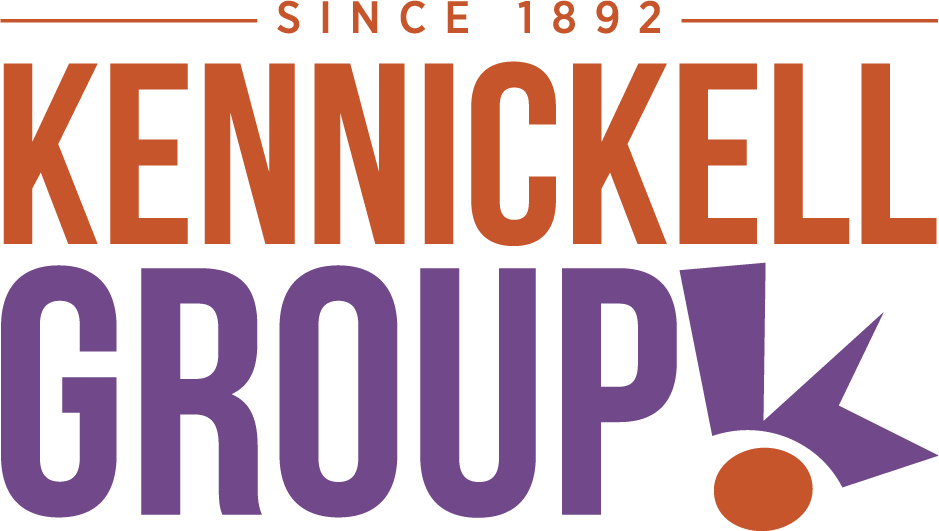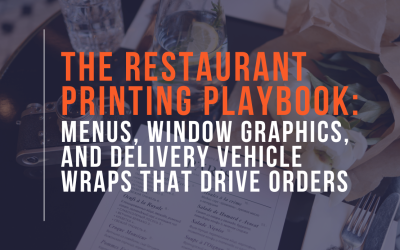The Truth About Digital Brochures
In the ever-evolving landscape of modern commerce, the question often arises: do physical marketing materials still hold significance, or have they been overshadowed by their digital brochures and catalogs? Or could there be room for both? As a printing company, we get the need to wrestle with this question. We’ll help you analyze whether printed materials stand the test of time in the era of digital dominance.
Digital Brochures vs. Physical Brochures: The Showdown
Alright, let’s address the elephant in the room—the digital brochure. Of course, digital brochures have some impressive pros. They’re cost-effective, easily distributable, and eco-friendly. A digital brochure will always have a larger reach than a physical brochure could, purely because a link can always go farther than a tangible item. But does it have the same impact as its printed counterpart?
The truth is that the digital landscape is crowded these days. This means that, even though you might have the ability to send your digital brochure out far and wide, in reality you may just be flinging it into the void. With digital brochures, you also lack the tangible memory and personal touch of holding the physical piece of information. You could spend hours or days designing the perfect marketing material, only to have it lost in the digital noise.
Printed brochures, on the other hand, can serve as a breath of fresh air in a sea of pixels. The tactile experience of physically flipping through your brochure or catalog can create a lasting memory. In fact, a 2018 meta-analysis showed that across 20 years of research, reading comprehension was consistently better when reading printed materials vs. digital materials. Better experience, better comprehension, better customer retention.
Many would assume that because digital marketing materials don’t require paper, ink, or physical transportation, that they would be the eco-friendly option. But internet use also carries an invisible environmental impact. Additionally, printing processes have become more and more eco-conscious. By working with a company that values sustainability in printing, you can ensure that your printing project won’t negatively affect the planet.
Who comes out on top?
At Kennickell, we believe that a balanced business plan must include both printed material and digital brochures and catalogs. In today’s business environment, not having a digital footprint can spell death to a company. But the impact of physical materials cannot be forgotten or abandoned in this new landscape. The best thing you can do for your company is to embrace both; move forward into the future with confidence, while still taking advantage of the benefits of business as its been done for hundreds of years.
Check out our other recent blogs:
The Restaurant Printing Playbook: Menus, Window Graphics, and Delivery Vehicle Wraps That Drive Orders
Drive more restaurant orders with strategic menus, window graphics, and delivery vehicle wraps that boost visibility, build your brand, and turn hungry customers into loyal regulars.
Fleet Vehicle Wraps: Rolling ROI for Brand Recognition & Trust Building
When properly designed, your fleet vehicle wraps become a moving billboard that delivers your message around town day in and day out.
The Hidden Metrics That Actually Build Customer Loyalty
As businesses look to build lasting customer relationships—not just generate one-time clicks—it’s important to understand the difference between campaign-level measurement and relationship-level tracking.





